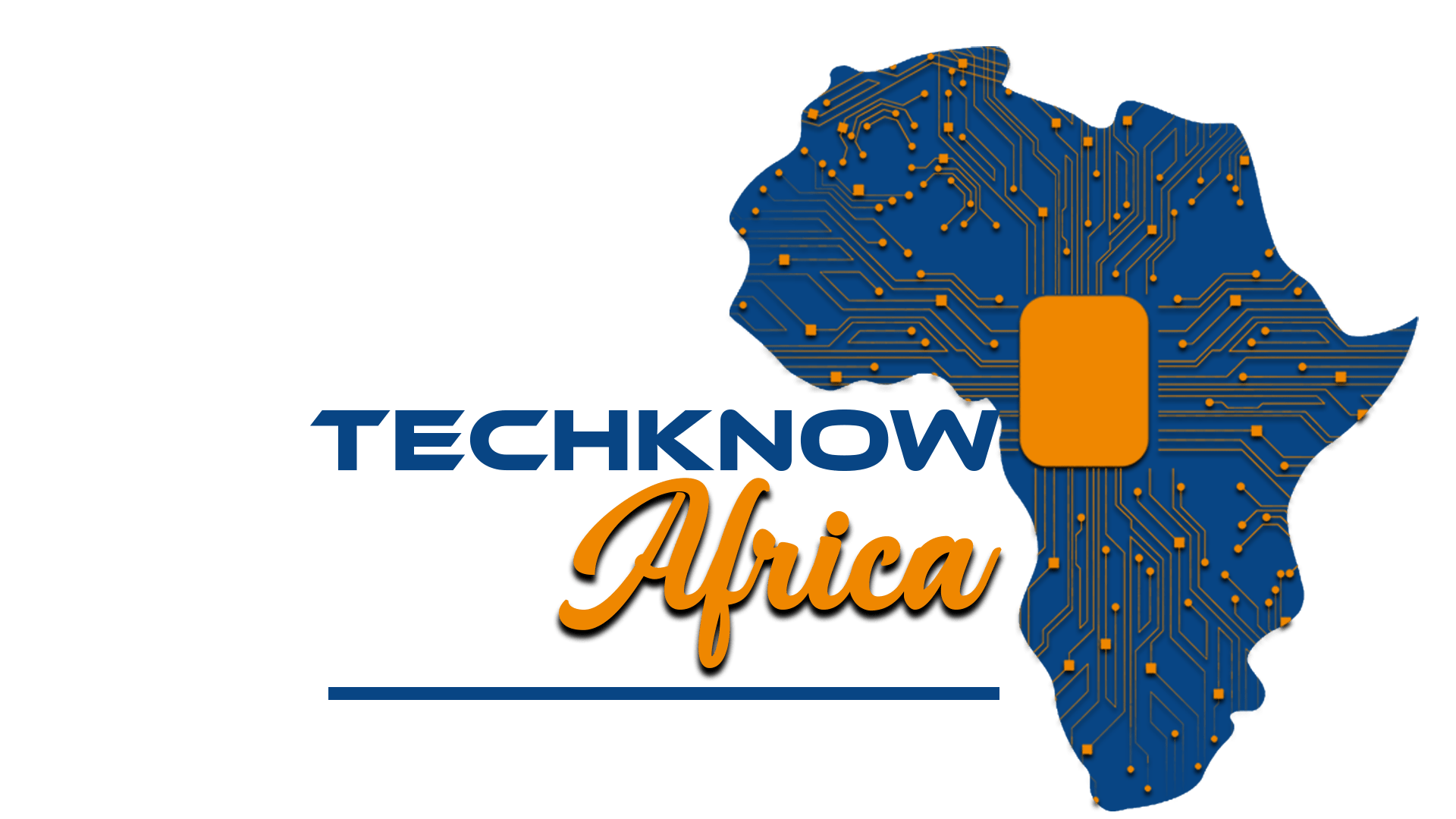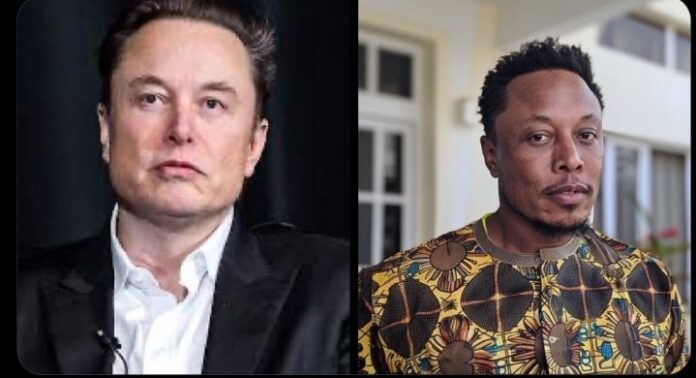This Content Is Only For Subscribers
In the ever-evolving landscape of social media, where virality is king and authenticity is often questioned, a recent phenomenon has captured the digital world’s imagination. A young man, claiming to bear an uncanny resemblance to the tech mogul Elon Musk, became an overnight sensation on X, formerly known as Twitter. This occurrence has sparked a whirlwind of discussions, debates, and investigations into the authenticity of his appearance, raising the question: Could this striking similarity be the work of Artificial Intelligence (AI)?
The Rise of the Digital Twin
The story began when a user, under the pseudonym “Elon Musa,” started posting images and videos that showcased a startling resemblance to Elon Musk. The resemblance was not just superficial; from the iconic Musk hairline to the distinct facial expressions, the similarities were uncanny. The online community quickly took notice, and within days, “Elon Musa” was everywhere – memes, debates, and even news headlines.
AI: The Artist Behind the Mask?
As the fascination grew, so did the skepticism. The digital age has seen the rise of deepfake technology and sophisticated AI-generated imagery, capable of creating hyper-realistic images and videos of people who don’t exist or altering the appearance of real individuals. This technology has become so advanced that distinguishing between what is real and what is AI-generated can be challenging, even for experts.
Speculation arose that the Elon Musk lookalike could be an elaborate AI-generated hoax. Experts in digital imaging and AI were called upon to scrutinize the images and videos, looking for telltale signs of digital manipulation. While some claimed to find inconsistencies typical of AI-generated content, such as unnatural facial expressions or inconsistent lighting, others argued that the evidence was inconclusive.
The Implications of AI in Digital Identity
The phenomenon of the Elon Musk lookalike serves as a fascinating case study in the implications of AI technology on perceptions of identity and reality in the digital age. It raises critical questions about the role of AI in our lives and its potential to blur the lines between reality and fabrication.
- Authenticity and Trust: As AI technology becomes more sophisticated, the ability to create realistic images and videos of people poses significant challenges to the concept of authenticity online. It becomes increasingly difficult to trust the veracity of digital content, which can have far-reaching implications for news, politics, and personal interactions.
- Privacy and Consent: The use of someone’s likeness without their consent, especially to create realistic images or videos, raises profound ethical and privacy concerns. It prompts a reevaluation of the boundaries of digital identity and the ownership of one’s image.
- Regulation and Responsibility: The potential for misuse of AI-generated content highlights the need for regulatory frameworks and ethical guidelines to govern the use of such technology. It poses a challenge to policymakers, technologists, and ethicists to balance innovation with the protection of individual rights and societal values.
The Verdict: Still Out
Despite extensive analysis and debate, the mystery of the Elon Musk lookalike remains unsolved. Whether a testament to the power of genetics or a marvel of AI, the story underscores the transformative impact of artificial intelligence on our perception of reality. As we venture further into the digital age, it is clear that the lines between human and machine, real and artificial, will continue to blur, challenging our assumptions and pushing the boundaries of what is possible.
In the meantime, the “E-Musk Clone” continues to intrigue and entertain, a digital enigma at the intersection of technology, identity, and the ever-elusive quest for virality in the age of social media.





